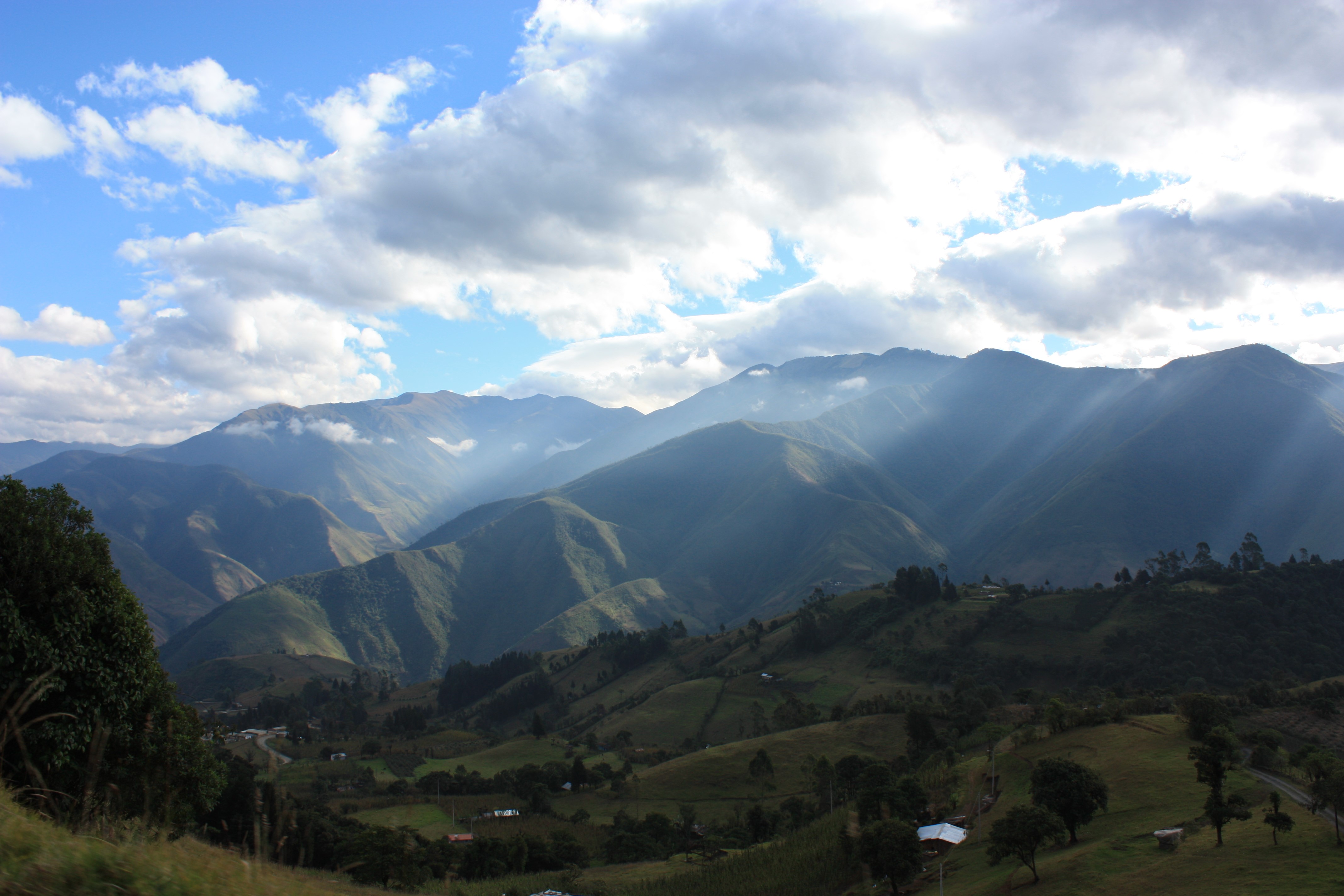By Romaike S. Middendorp
Landscape attributes can determine reforestation rates and, ultimately, the biodiversity and ecosystem service benefits of second-growth forests. Ecologists recognize the importance of landscape-scale variation, including distance to forest remnants, local forest cover, and heterogeneity of land cover, for reforestation. Policymakers increasingly develop plans for forest restoration at landscape scales. But the attention forest landscape restoration receives belies a critical knowledge gap: most of our ecological knowledge of reforestation is from field plots that span only a narrow range of landscape attributes. Our new study uses a modeling approach to scale up ecological field data and predict restoration outcomes over a spatially-extensive and heterogeneous landscape in the Ecuadorian Andes. The new research provides insight into how landscape attributes influence woody biodiversity at the landscape scale.
This study was conducted in the Pangor watershed in the Ecuadorian Andes; a region that shifted from net deforestation to net reforestation in the early 1990s. We distinguished between reforestation due to natural regeneration of woody vegetation in abandoned fallows and afforestation due to managed plantations of exotic species. Using a spatially-explicit ecological model, LANDIS-II, we were able to apply ecological field data and life history traits to simulate reforestation across the entire landscape. This modeling approach was used to test the consequence of land-use scenarios with different spatial patterns and types of reforestation for the species richness and composition of woody plants in second growth forests.
The results from the land-use scenarios provide insight into how landscape attributes impact restoration outcomes. Specifically, species richness in natural regenerating fallows was considerably higher when occurring in: the close proximity of remnant forests, areas with a high percentage of surrounding forest cover; and compositionally heterogeneous landscapes. The altitude range also influenced species recovery, with the highest species richness in reforesting areas at intermediate altitudes. Planted forests of exotic pine species negatively impacted species restoration. These results could be used as actionable guidelines for the design of reforestation projects to enhance biodiversity restoration in human-modified landscapes. The study confirms that spatial targeting of reforestation should take into account the presence of natural remnant forest patches, the spatial pattern of the landscape, altitudinal gradients, and the type of regenerating forest. Overall, the new research demonstrates the value of ecological modeling to bridge the gap between field data and the demand for landscape-scale restoration.
Reference:
Photo:
Morning view over the Pangor Valley (photo by Romaike Middendorp)


